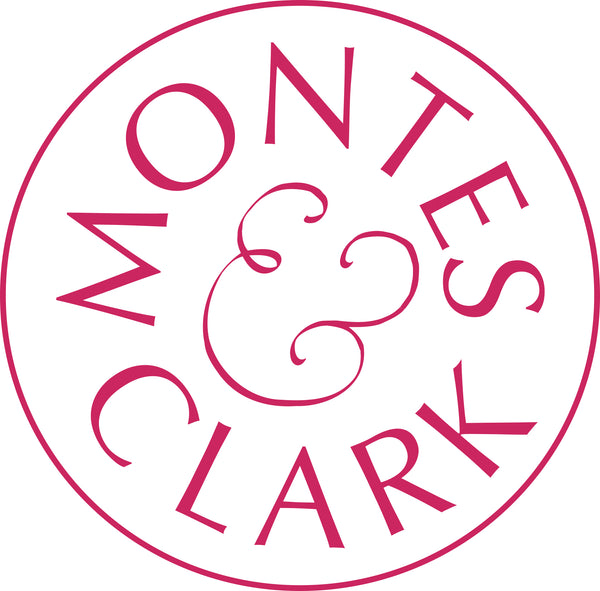Lucy Montes De Oca, one of the founders of Montes&Clark spent much of 2014 travelling Mexico in search of indigenous textiles and crafts with her husband, Gustavo. Here he interprets the cloth and tells us when on their travels they reached the mountain town of Tenangos and found themselves consumed by the fantastical festivities of the Carnival.

The cross stands atop the mountain, rendered slender like an obelisk. An imposition like Catholicism was on the culture. But an incomplete imposition, and so carnival that arrives with lent is a richly pagan infused celebration. When we went to the hills to find these artisans, we saw the celebrants in fancy dress wrangled in a circle around the central pole next to a man dressed as a female cowboy with a chimpanzee mask. On this day you feel how what appears as surreal to us when rendered in colourful embroidery, is actually a magical realism, the recording of a magical world.

This piece in particular blurs the lines between real and unreal: here are the traders going in to town with their embroidered masterpieces to sell alongside the bundles of wood, while the manic ecstasy of the celebration swirls around them, or perhaps this is the usual magic of market day. The creatures are participants in the celebration too, on this day they seem to descend to the human realm and join in. Is this why some of the beasts have human like faces, while many of the humans have something of the beast, be it hair or arms and legs.

The one road leads in and out of town, around the base of the living spire - mountain that is also a source of life with what could be pre-Columbian symbols for corn. The mundane - the road and the cross has its place, it brings the world in and out, but by far the more present elements of their universe are the two headed creatures, the birds that could be ascended humans or creatures descending to human via angelic form.

